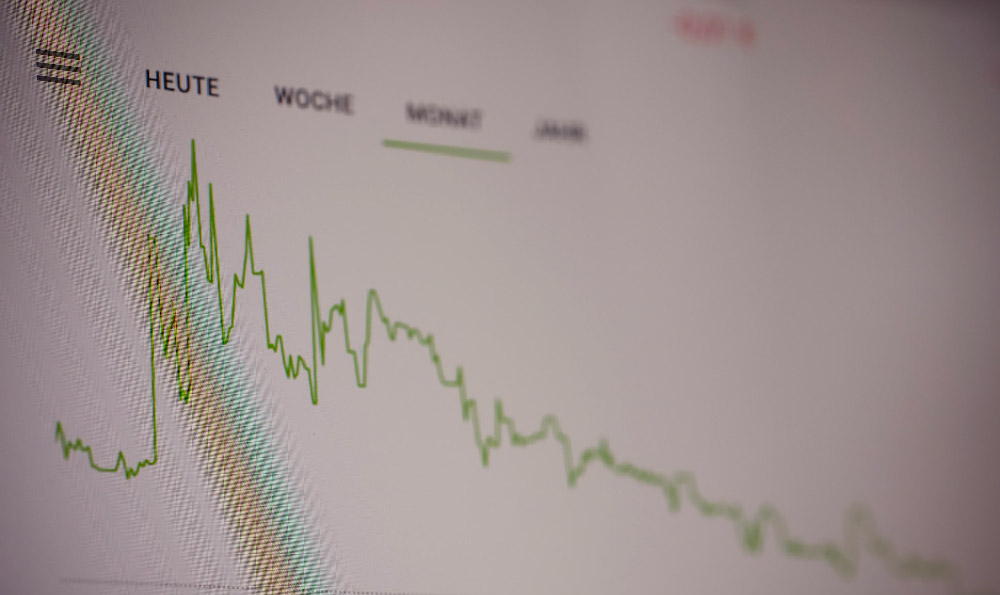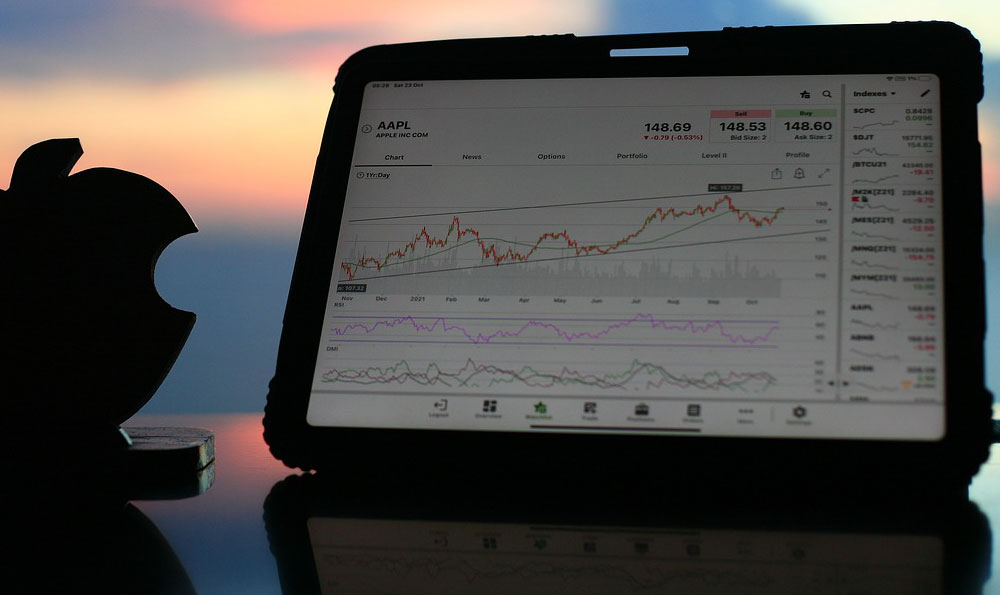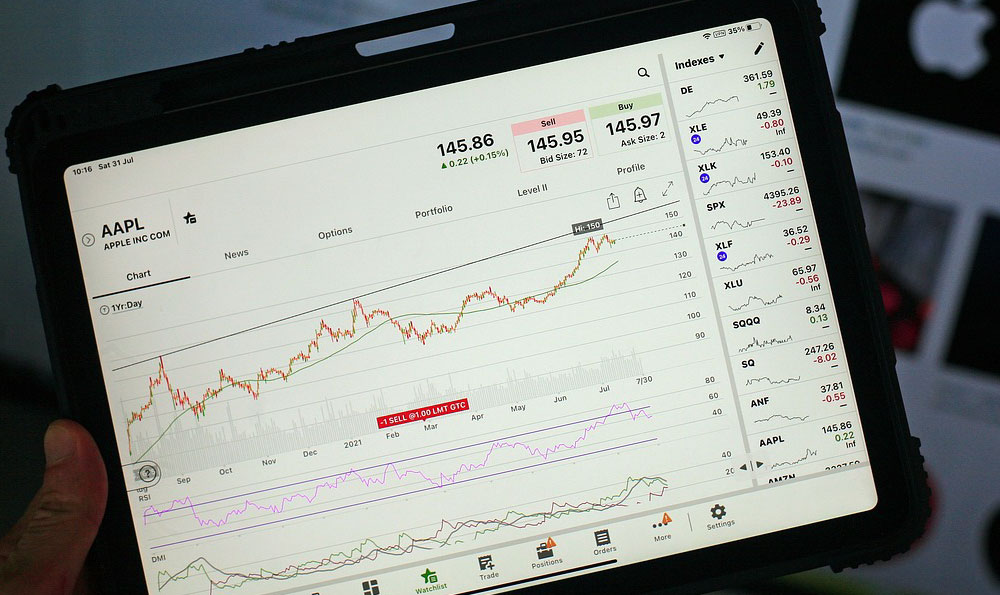Day trading, a strategy characterized by executing trades within the same day with the goal of capitalizing on small price movements, presents a unique set of challenges and opportunities for investors in the volatile cryptocurrency market. The allure of quick profits and the inherent 24/7 nature of crypto trading contribute to its appeal, but understanding the mechanics of profit generation and the strategies employed by successful day traders is crucial for anyone considering this high-risk, high-reward approach.
At its core, day trading profitability hinges on predicting short-term price fluctuations with a high degree of accuracy. Day traders rarely hold positions overnight, eliminating the risk of overnight news or market sentiment shifts drastically affecting their investments. They aim to exploit intraday volatility, profiting from the difference between buying and selling prices within a single trading session. This difference, even if seemingly small, can be leveraged through significant capital investment or through the use of margin trading, which further amplifies both potential profits and potential losses.
Several key factors influence a day trader's ability to consistently generate profits. A deep understanding of market microstructure, including order book dynamics, bid-ask spreads, and trading volume, is essential. This understanding allows traders to identify potential support and resistance levels, anticipate price breakouts, and execute trades at optimal entry and exit points. Furthermore, access to real-time data feeds and sophisticated charting software is crucial for tracking price movements, identifying trends, and executing trades quickly and efficiently. Speed is paramount in day trading, as even a slight delay in execution can significantly impact profitability.

Day traders employ a variety of strategies, each tailored to different market conditions and risk tolerances. One popular approach is scalping, which involves making numerous very short-term trades, often holding positions for just a few seconds or minutes, to profit from tiny price movements. Scalpers rely heavily on technical indicators and automated trading systems to identify and exploit these fleeting opportunities. The profitability of scalping depends on high trading volume and tight bid-ask spreads.
Another common strategy is momentum trading, which focuses on identifying coins or tokens exhibiting strong directional momentum, either upward or downward. Momentum traders look for assets with increasing trading volume and accelerating price action, aiming to ride the trend for a short period. They often use technical indicators such as Relative Strength Index (RSI) and Moving Average Convergence Divergence (MACD) to confirm momentum and identify potential entry and exit points.
Breakout trading is another widely used strategy. Breakout traders look for instances where the price of an asset breaks through a well-defined resistance level (in an upward breakout) or support level (in a downward breakout). They anticipate that the breakout will lead to a sustained price movement in the direction of the breakout and aim to profit from this movement. Confirmation of the breakout with increasing trading volume is crucial to avoid false breakouts.
Arbitrage presents another avenue for profit. Crypto arbitrage involves exploiting price discrepancies between different exchanges. A day trader might buy a cryptocurrency on one exchange where it is priced lower and simultaneously sell it on another exchange where it is priced higher, pocketing the difference as profit. While arbitrage opportunities exist, they are often short-lived and require rapid execution to be profitable. Automated trading bots are frequently used to identify and capitalize on arbitrage opportunities.
Beyond specific trading strategies, effective risk management is paramount for day trading success. Given the inherent volatility of cryptocurrency markets and the leveraged nature of many day trading positions, the potential for substantial losses is significant. Therefore, implementing strict stop-loss orders to limit potential losses on each trade is crucial. A stop-loss order automatically sells an asset when it reaches a pre-determined price level, preventing further losses.
Position sizing is another critical aspect of risk management. Day traders should only allocate a small percentage of their trading capital to any single trade to avoid being wiped out by a single losing position. A common rule of thumb is to risk no more than 1-2% of total trading capital on any one trade. Furthermore, maintaining a consistent risk-reward ratio is essential. Ideally, day traders should aim for a risk-reward ratio of at least 1:2 or 1:3, meaning that for every dollar risked, they aim to potentially earn two or three dollars in profit.
Beyond technical skills and risk management, emotional discipline is perhaps the most crucial attribute of a successful day trader. The fast-paced and high-pressure environment of day trading can lead to impulsive decisions driven by fear or greed. Successful day traders are able to remain calm and rational, adhering to their pre-defined trading plans and avoiding emotional reactions to market fluctuations. Maintaining a trading journal to track trades, analyze performance, and identify patterns of successful and unsuccessful trades is also invaluable for continuous improvement.
Finally, it's important to recognize that day trading is not a get-rich-quick scheme. It requires significant time, dedication, and continuous learning. It is essential to approach day trading with a realistic understanding of the risks involved and to start with a small amount of capital that one can afford to lose. Newcomers should consider paper trading or using a demo account to practice their strategies and refine their skills before risking real money. The path to becoming a consistently profitable day trader in the cryptocurrency market is long and challenging, but with the right knowledge, skills, and discipline, it is a potentially rewarding endeavor.












